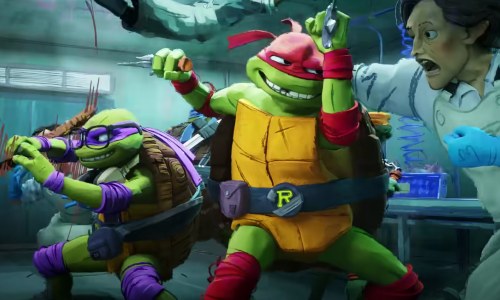
Fans of turtle power have every reason to be excited at the moment, as the brand-new animated blockbuster Teenage Mutant Ninja Turtles: Mutant Mayhem is now showing at Cineworld cinemas. Directed by Jeff Rowe and featuring the voice talents of Seth Rogen, John Cena, Rose Byrne and others, this all-action spectacular is the latest reboot of the iconic franchise that has spawned numerous films, TV series and comic books, not to mention a vast array of related merchandise.
The film has been getting rave reviews from both movie fans and critics, who’ve praised its incredible animation, thrilling fight scenes and witty one-liners. But how does it differ from what we’ve seen so far in the series? Let’s take a look…
1. It’s the first time all four turtles have been played by teenage actors
As the name of the franchise suggests, the four turtles are teenagers. And yet, there’s never been a Teenage Mutant Ninja Turtles film in which all four of the actors in those roles fitted into that age bracket – until now. For this reboot, the four half-shelled heroes are played by teen talents Micah Abbey (Donatello), Shamon Brown (Michelangelo), Nicolas Cantu (Leonardo) and Brady Noon (Raphael). Seth Rogen – who co-wrote the screenplay and voices the character of mutant warthog Bebop – told the audience at Paramount’s CinemaCon event: “I knew the versions that had come before had never leaned into the teenage element. We thought: 'What if we cast actual teenagers and we capture their insane teenage energy?' And that's what we did. They said a lot of disgusting things we couldn't use in the movie!”
2. There’s a new baddie
As fans of the Teenage Mutant Ninja Turtles franchise will know, the usual nemesis for the heroes in a half-shell is the Shredder – the alter-ego of ninja crime lord Oroku Saki. For this reboot, though, he’s been replaced by a new baddie in the shape of Superfly (voiced by Ice Cube), a mutant housefly who leads an evil organisation hellbent on turning the Earth’s population into slaves. Interestingly, the Shredder was in the original script, but he was eventually axed after the production team felt that he didn’t fit their vision. “Maybe halfway through, we’re like: “It can’t be Shredder. He’s a human. It’s too much, too soon. He’s too big of a presence,” Jeff Rowe told Gizmodo. “For this story about the Turtles being accepted and finding a place in the world, it would really make sense and it would really help the story if the villain was a mutant like they are, with a similar backstory… That’s what this movie needs.”
3. It has its own unique style
The legendary turtle quintet have been portrayed in many different ways over the years, from the live action of the original 1990 film to the cartoon animation of the TV series. All have looked great in their own ways, but none have looked as fresh and exciting as Mutant Mayhem. To create the movie’s unique, computer-animated art style, around 120 creatives were employed from two separate agencies in Canada and France – and their efforts have not been lost on the film’s cast. Ayo Edebiri, who plays reporter April O’Neil, told Mama’s Geeky: “I think the art and the animation in this movie is just so beautiful, and specific, and evocative.” Added Micah Abbey, who plays Donatello: Yeah, it’s just really cool. I think it’s so unique. I think that’s what people are gonna love the most about it is just how different it looks. And it adds new energy and a new feel to the whole movie.”
4. The turtles’ origins have been tweaked
One way in which Mutant Mayhem differs slightly from previous depictions is in the origin story of the four turtles and their adoptive father, Splinter. “What’s explained in the first episode of the animated TV series, which I watched religiously as a child, is if you touch ooze, you mutate into whatever the last animal was that you touched,” Jeff Rowe told Uproxx. “The logic is so twisted and weird. And there were things like that where we were like, ‘Okay, we have to just make this make sense and make it feel like these characters exist in the real world that has something believable within physics that we know, or movie logic that we’re familiar with.’” While the director didn’t reveal how the origins have changed, he teased: “[By changing them, we hoped] to create a foundation that would let audiences relate to the characters and connect with them.”
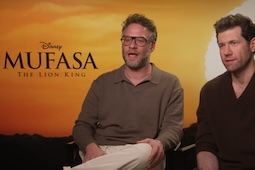
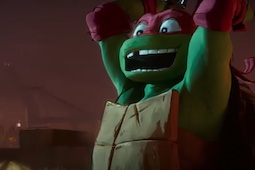

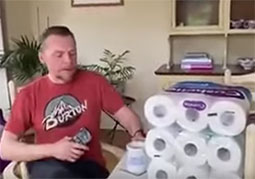
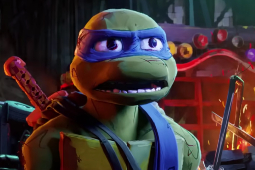


.jpg)
.png)






